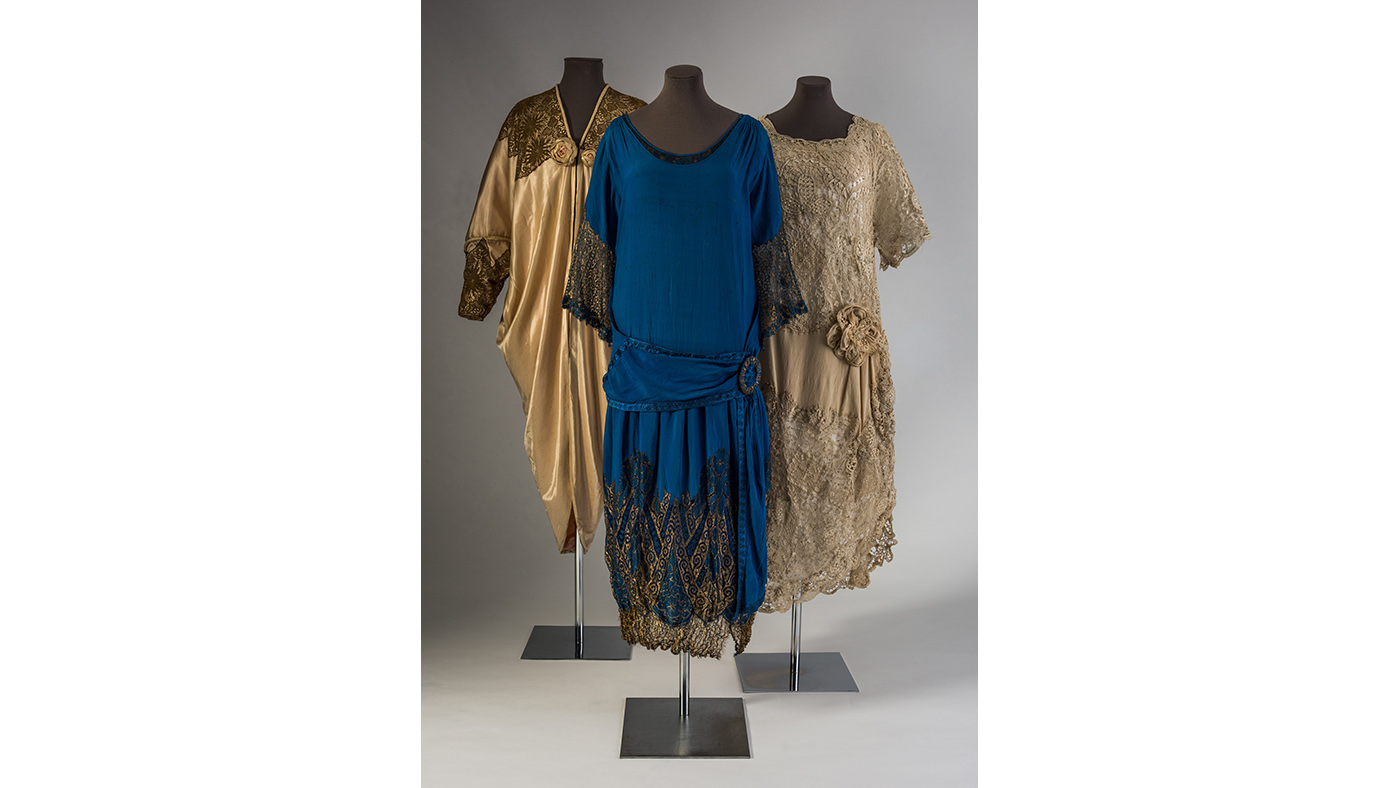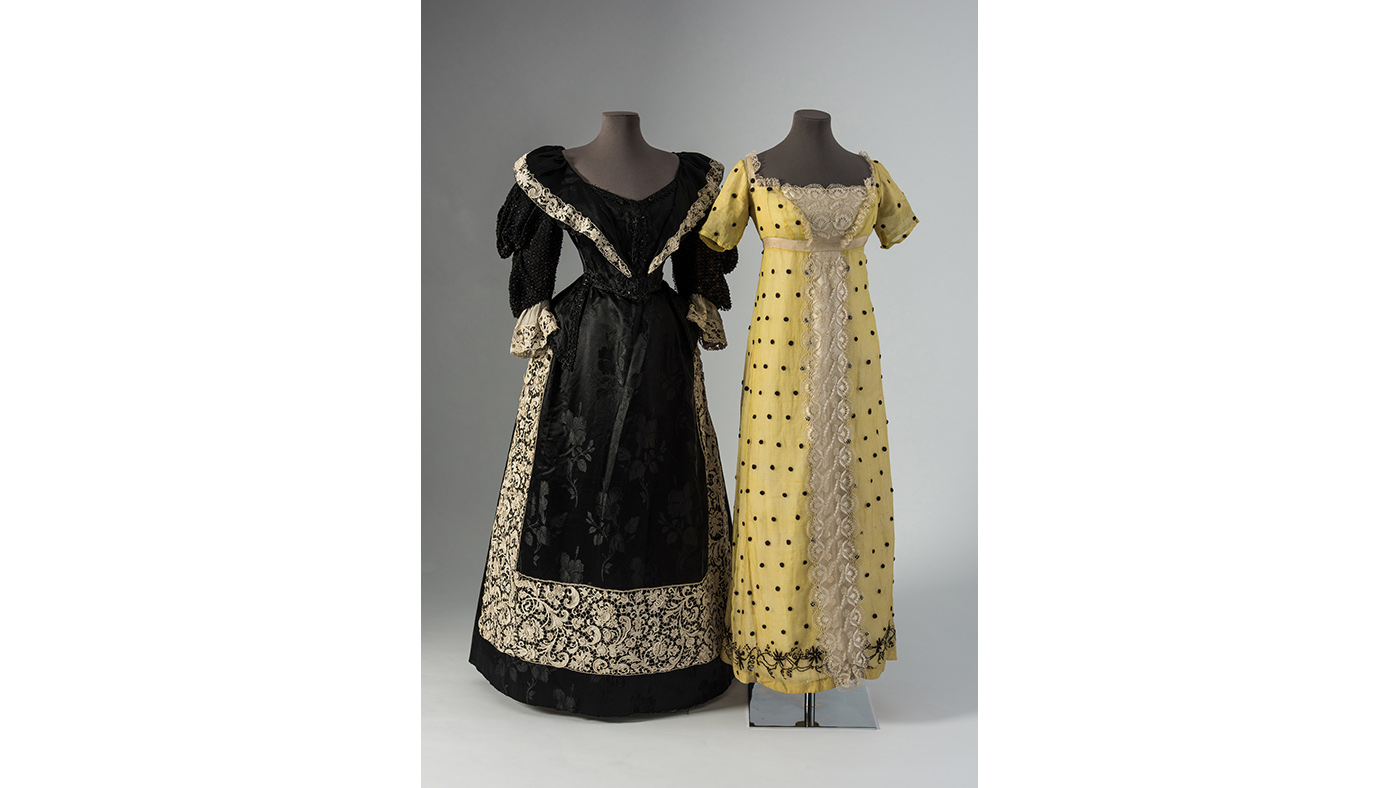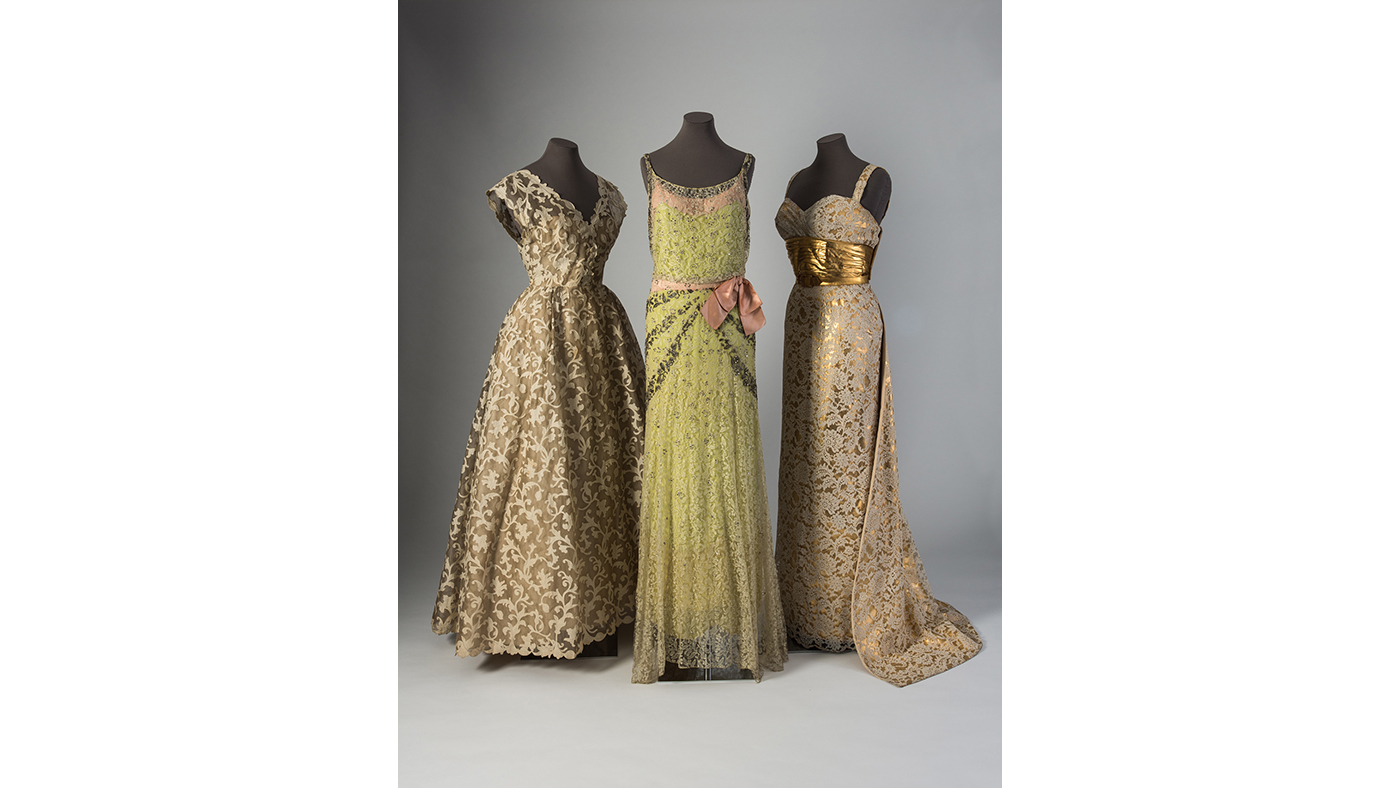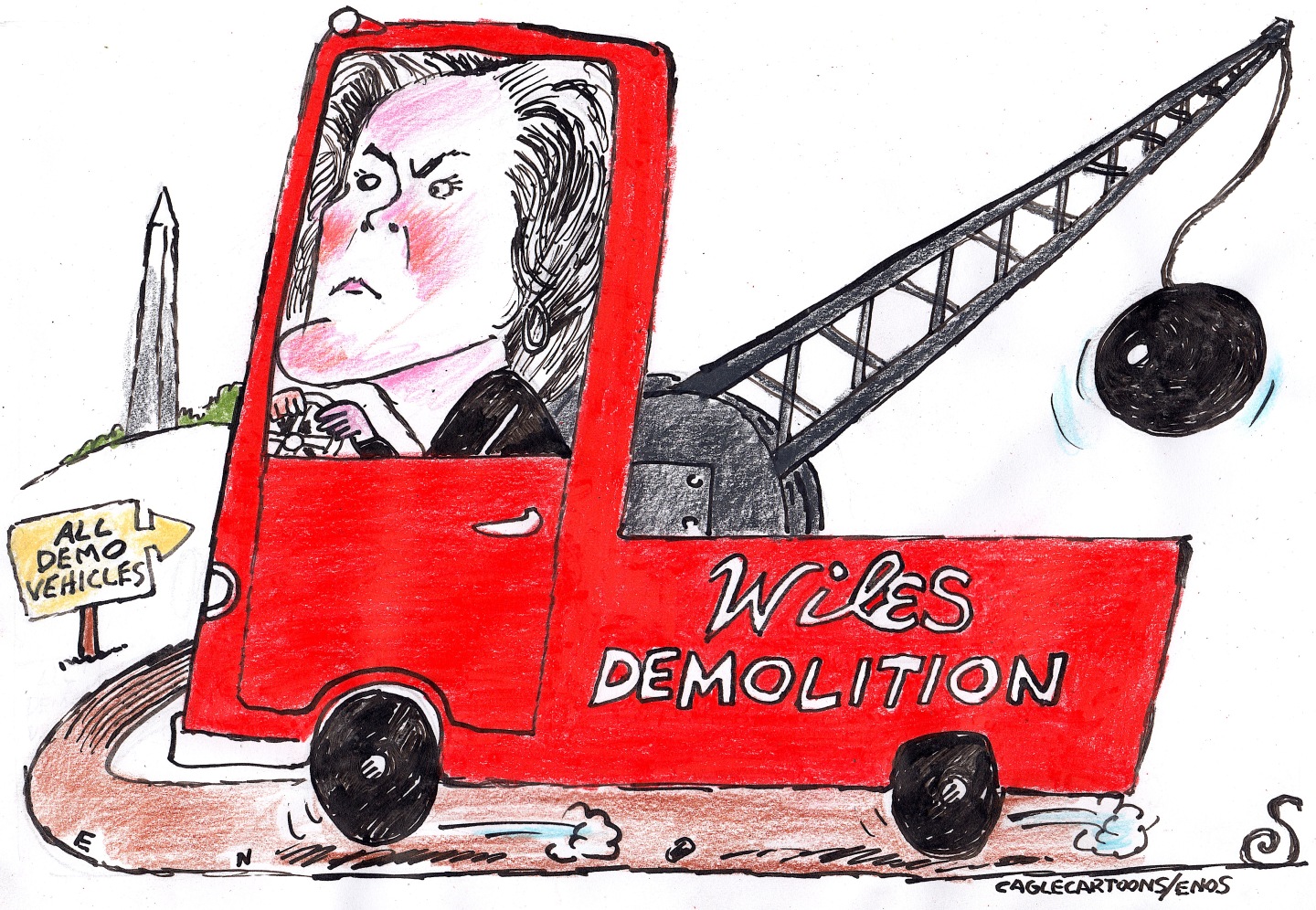Style and seduction: Lace in Fashion
Explore four centuries of delicate needlework at the Fashion Museum in Bath



Trends come and go, but lace has long been a mainstay on catwalks from London to New York. At its highest end, few materials require such skill, precision and patience to produce and even fewer still have shaped fashion so considerably over the centuries.
While its exact origins are uncertain, the first references to what we would now recognise as lace emerged in the early 16th century. The intricate, patterned fabric would soon find favour with the affluent elite, smuggled across borders from such key production hubs as Venice to feed the demand for the latest styles. As the looks of the day changed, it too would adapt: ruffs and standing collars that saw popularity in the late 1500s demanded bold geometric needle lace, while the softer collars of the early 17th century required reams of narrow bobbin lace. Meanwhile, gold and silver lace became an outward signifier of wealth, used to edge gloves, jackets and sashes, and adorn garments.
Britain's industrial revolution would prove to be the biggest shake-up to the industry; the first machine lace was produced towards the end of the 1700s, while the following century would see ever more intricate iterations produced mechanically. By 1900, the handmade lace production in England had all but disappeared completely.
The Week
Escape your echo chamber. Get the facts behind the news, plus analysis from multiple perspectives.

Sign up for The Week's Free Newsletters
From our morning news briefing to a weekly Good News Newsletter, get the best of The Week delivered directly to your inbox.
From our morning news briefing to a weekly Good News Newsletter, get the best of The Week delivered directly to your inbox.

Today, lace is as common a sight on the high street as in haute couture and just as likely to be found in Primark as Prada.
A new exhibition at Bath's Fashion Museum will trace its remarkable history over more than 400 years, bringing together 50 notable pieces across the ages that reveal its journey from the exclusive to the everyday.
The oldest object – and one of the earliest in the museum's collection – is a smock dating from 1580-1600, featuring Flemish bobbin lace on the sleeves and collar. It will appear alongside another rare item from its archive, a silver tissue dress made from fine silk, created circa 1660. It is trimmed with delicate parchment lace, made using tiny strips of paper wrapped in silk and incorporated into the design.
Among the more modern pieces is a 1991 Karl Lagerfeld dress worn by supermodel Linda Evangelista for Vogue and the navy blue dress worn by Lea Seydoux in the James Bond film Spectre, while Burberry is lending the exhibition two looks from its SS16 collection, including a men's lace caban coat and shirt.
A free daily email with the biggest news stories of the day – and the best features from TheWeek.com
The exhibition will also trace the enduring use of lace by the royals' couturiers, from a garment worn by Queen Charlotte dating back to 1805 – thought to be her only surviving dress – to two dresses by fashion designer Norman Hartnell, worn by Princess Margaret and the Queen Mother in the 1950s.
Lace in Fashion is at the Fashion Museum, Bath, from 4 February 2017 to 1 January 2018; fashionmuseum.co.uk
-
 Political cartoons for December 20
Political cartoons for December 20Cartoons Saturday’s political cartoons include drowning rats, the ACA, and more
-
 5 fairly vain cartoons about Vanity Fair’s interviews with Susie Wiles
5 fairly vain cartoons about Vanity Fair’s interviews with Susie WilesCartoon Artists take on demolition derby, alcoholic personality, and more
-
 Joanna Trollope: novelist who had a No. 1 bestseller with The Rector’s Wife
Joanna Trollope: novelist who had a No. 1 bestseller with The Rector’s WifeIn the Spotlight Trollope found fame with intelligent novels about the dramas and dilemmas of modern women